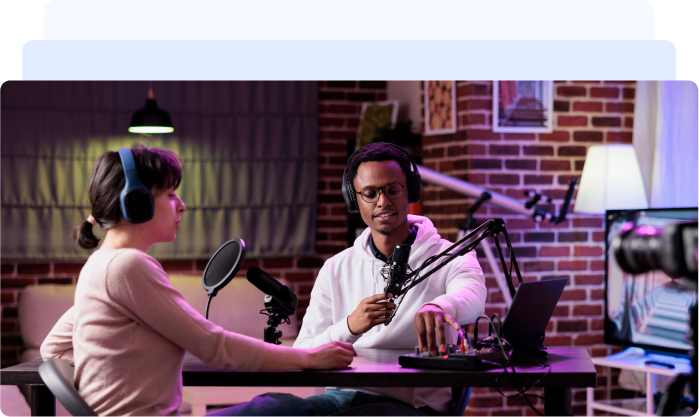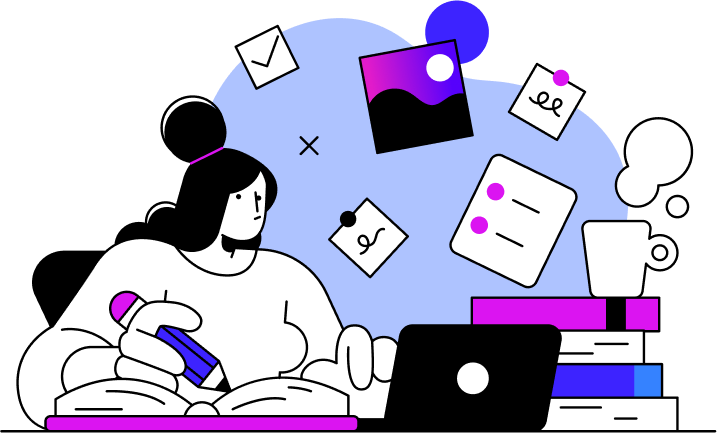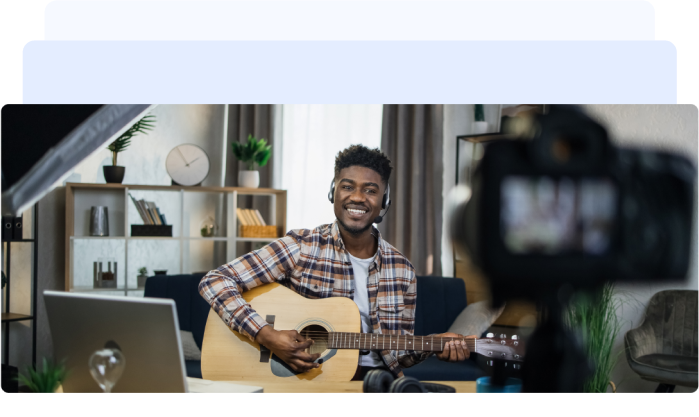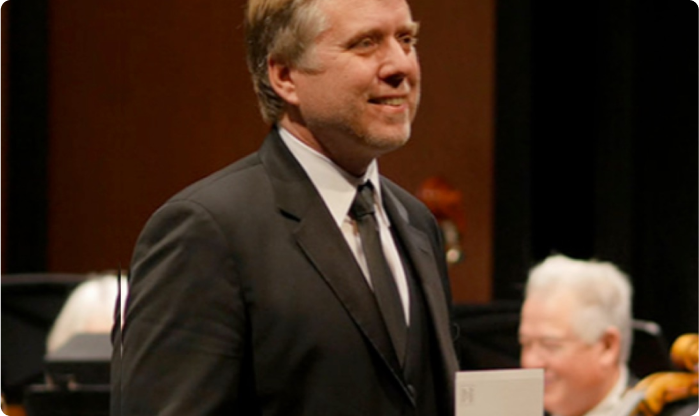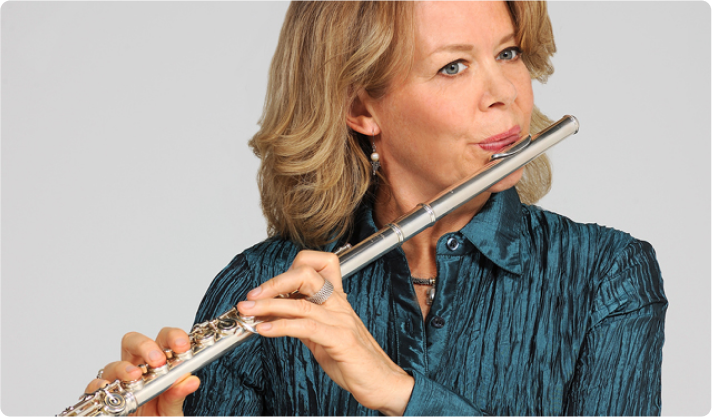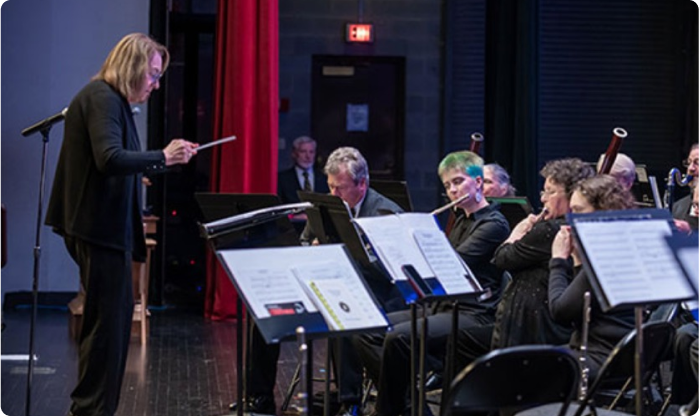Composing the Future with AI
Anita Horsley
Anita Horsley has a Masters in Education, is a certified Adobe Captivate Professional, international author for Packt Publishing, and VP or Product Management for Connect For Education Inc.
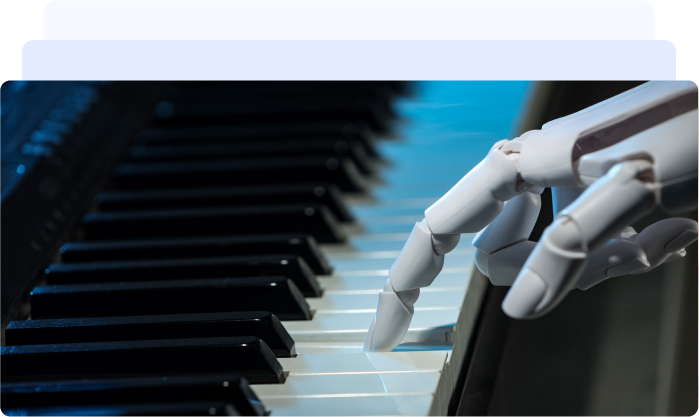
Using AI and Machine Learning in Music Composition Courses.
With a nod to the human touch at Connect For Education Inc.

In recent years, artificial intelligence (AI) and machine learning (ML) have moved beyond the realm of tech enthusiasts and into the heart of creative disciplines—including music. For educators and students in music composition, this shift offers exciting new possibilities. Today’s AI-powered tools can not only generate melodies and harmonies but also serve as collaborative partners in the creative process.
At Connect For Education (C4E), our music courseware is designed and written by experienced, human instructors who understand the nuance and depth required to teach composition effectively. While our courses remain fully human-generated, we recognize that sometimes a little help from AI—such as verifying harmonic accuracy or modeling an orchestration technique—can offer valuable support to both learners and instructors.
What Can AI Do For Composers?
AI systems like OpenAI’s MuseNet, Google’s Magenta, and AIVA (Artificial Intelligence Virtual Artist) can generate complex musical arrangements across a variety of styles and genres. These tools analyze large datasets of music to learn patterns, progressions, and instrumentation. When integrated thoughtfully into composition courses, they can:
- Provide real-time feedback on harmonic structure or voice leading
- Suggest alternative melodic lines or rhythms
- Help students explore different musical styles or genres
- Accelerate idea generation during the brainstorming phase
Teaching Composition with Machine Learning Tools
Imagine assigning students to write a 16-bar melody and then compare it to one generated by AI. This comparison can spark rich discussions about musical decision-making, style, and structure. C4E’s flexible course frameworks support this kind of exploration, allowing instructors to integrate algorithmic composition exercises that highlight how music theory principles operate in different contexts—both human and machine-generated.
Courses can include:
- Analysis of AI-generated music: Is it “good”? Why or why not?
- Hands-on training with open-source ML music tools
- Creative projects where students "collaborate" with AI to co-compose music
Tools That Are Reshaping Music Education
These tools can be used alongside C4E’s human-authored content, giving instructors the freedom to enrich their curriculum without replacing the heart of music education—human creativity.
Magenta Studio: by Google
Works with Ableton Live to generate and manipulate musical ideas.
AIVA
Ideal for learning orchestration through film-score-level arrangements.
Amper Music
Beginner-friendly AI for quick song creation.
Jukebox: by OpenAI
Experimental, but useful for analyzing genre-driven music generation.
Top Blogs
Related Success Stories



